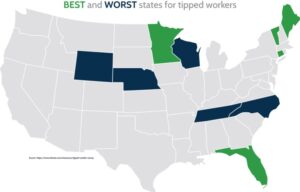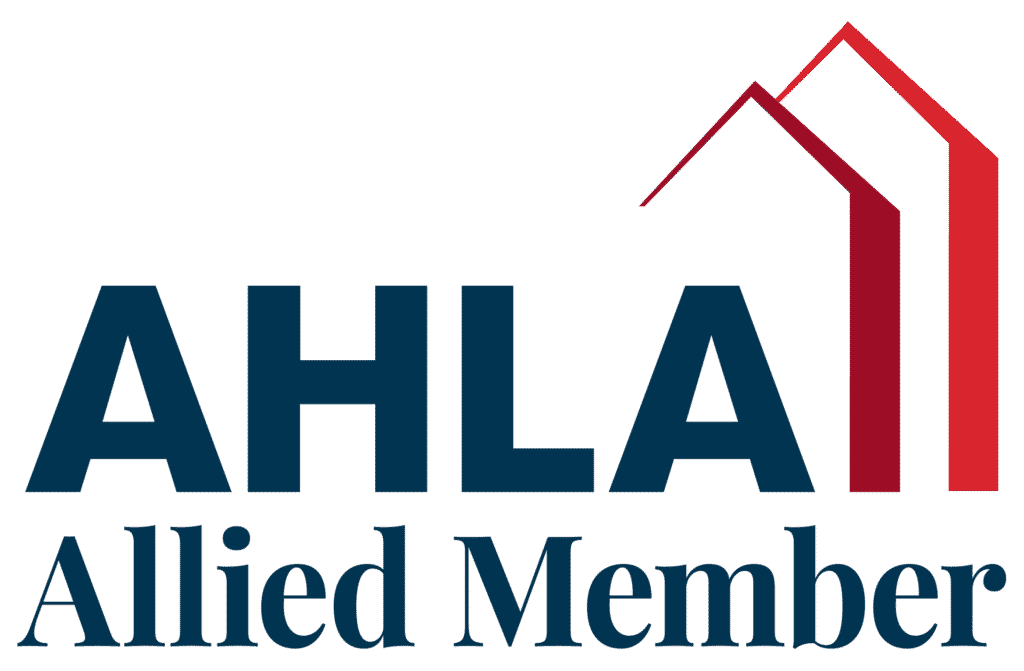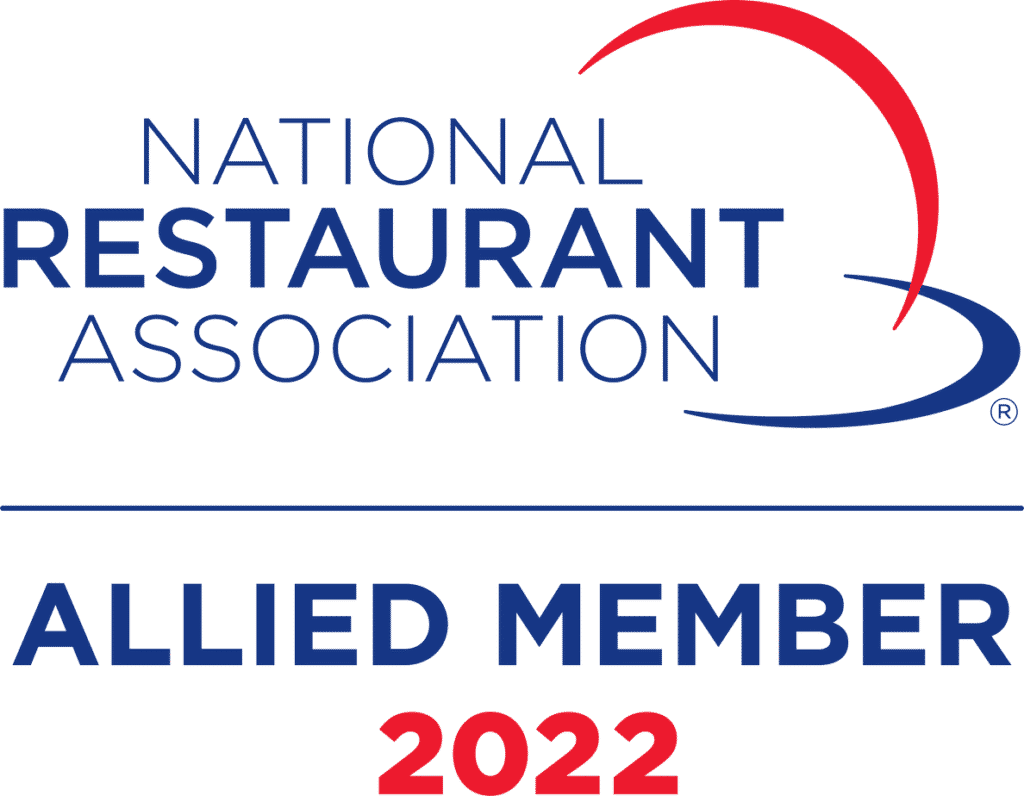Plus, the best and worst states for tipping.
We live in a tipping society. We tip at the car wash and at the coffee shop. We tip the car valet and the hair stylist. During the holiday season, we tip the mail carrier and our neighborhood sanitation worker. And we tip taxi and pizza delivery drivers.
And of course, we tip restaurant servers and bartenders. Big time. In fact, every year, Americans tip more than $40 billion in full-service restaurants.1
The practice of tipping has been under scrutiny for decades. Those who want to abolish tipping in the restaurant industry cite unreliable and low incomes for tipped workers, inequality between front- and back-of-house staff, and discrimination based on looks, gender, and/or race.
Some high-profile restauranteurs have eliminated tipping in favor of higher prices or service fees. So, how is it going?
Eliminating Tips
No one knows exactly when or how the practice of tipping started. Many believe it began in 17th Century England, where tavern patrons would give money to waiters “to insure promptitude,” which forms the acronym TIP. In the United States, tipping started after the Civil War in the late 1800s, when “wealthy Americans traveling abroad witnessed tipping and brought the custom back”2 to show how refined they were.
Today, Danny Meyer, CEO of Union Square Hospitality and founder of Shake Shack, is one of the most well-known opponents to the tipping system. He calls it “one of the biggest hoaxes pulled on an entire culture,” and says, “tipping was established as a way to get away with not paying workers after slavery was abolished.”3
In 2015, Meyer eliminated tipping and raised prices by 30 to 35 percent at 13 locations – a move that would allow him to “compensate all of our employees equitably, competitively, and professionally.”4
Since Meyer’s much-publicized decision, dozens of other restauranteurs followed suit – but not all who have tried to eliminate tipping have been successful. Prominent chefs/restauranteurs including Tom Colicchio, David Chang, and Claus Meyer tried to eliminate tipping but have returned to a gratuity system. Reasons include “trouble attracting and retaining front-of-house staff” and “losing tips meant losing business.”5
Decline in Online Reviews
In fact, adopting a no-tip, service-inclusive pricing system may do more harm than anticipated.
According to a study by Michael Lynn, professor of food and beverage management at Cornell University’s School of Hotel Administration, and previous reporter for the Journal of Consumer Affairs, a no-tip policy may actually decrease customer satisfaction, and lead to lower online reviews on sites such as Yelp and Google.
In other words, people think their service will not be as good as it would be if they were tipping, and they view no-tipping restaurants to be more expensive – even if their bill plus gratuity was equal to, or even more expensive, than current rates.
It’s important to note higher-end restaurants are not as affected by a no-tipping/higher price structure. Dr. Lynn felt diners at that level are less focused on the price of the bill or have frequented other restaurants in Europe or different parts of the world where tipping is not the norm.
Decline in Revenue
In a follow up study, Dr. Lynn found restaurants “that boosted prices to raise wages and offset the no-tipping policy (and, of course, told customers that’s why they were doing it) saw a tenth-of-a-point drop in online ratings. Those that used automatic service charges saw a quarter-point drop. Based on the previous revenue research, Dr. Lynn estimates that the drops could result in a 1% to 2% revenue decline.”6
This indicates mandatory service charges may bias diners to think they received inferior service and prompted them to post on review sites about it. In a highly competitive industry, 2% could be a significant decline to many restaurants.
Additionally, employees are reporting fewer overall wages and higher turnover at locations that eliminated tipping. Which, as any restaurant operations managers knows, leads to lower profitability when factoring in the cost of hiring and training.
Best and Worst States for Tipping in America
The fact is, most restaurant workers still depend on tips. But according to a recent survey by TSheets by Intuit, where you work can make a big difference in how much you make – not only in tips, but minimum wage.
Survey results ranked all 50 states from best to worst, based on two criteria:
1. The generosity of residents leaving a tip.
2. A state’s minimum wage for tipped employees.
Best 5 States for Tipped Workers7
1. Connecticut
Avg. tip rate: 18.58%
Min. cash wage: $10.10/hour
2. Maine
Avg. tip rate: 19.36%
Min. cash wage: $5.00/hour
3. Vermont
Avg. tip rate: 18.32%
Min. cash wage: $5.25/hour
4. Florida
Avg. tip rate: 18.21%
Min. cash wage: $5.23/hour
5. Minnesota
Avg. tip rate: 17.57%
Min. cash wage: $7.87
Worst 5 States for Tipped Workers8
1. Tennessee
Avg. tip rate: 16.38%
Min. cash wage: $2.13/hour
2. Wisconsin
Avg. tip rate: 16.18%
Min. cash wage: $2.33/hour
3. Nebraska
Avg. tip rate: 16.49%
Min. cash wage: $2.13/hour
4. North Carolina
Avg. tip rate: 16.08%
Min. cash wage: $2.13/hour
5. Wyoming
Avg. tip rate: 15.91%
Min. cash wage: $2.13/hour
Conclusion
For now, tipping in the U.S. is here to stay in the vast majority of restaurants. It remains to be seen if Americans can adapt to a system where higher prices and/or mandatory service fees yield the same service quality.
If the average tip in the U.S. is about 18%, a similar price hike to pay a fair wage to all employees seems reasonable. It seems the bigger challenge is to shift diners’ thinking about it.
As minimum wages continue to rise, restauranteurs need to find a way to satisfy their guests and keep workers happy – all while remaining profitable. Tipping or no tipping is still very much on the table. Time will tell if this is a system we can all get behind.
Sources:
1The New York Times Magazine. “Why Tip?” October 9, 2008. Accessed October 10, 2018. https://www.nytimes.com/2008/10/12/magazine/12tipping-t.html?_r=4&adxnnl=1&pagewanted=all&adxnnlx=1423086904-xmM6Hk44A5dzPPioMk8utw&.
2Food Woolf. “Service 101: A Brief History of Tipping.” August 2, 2018. Accessed October 10, 2018. http://www.foodwoolf.com/2010/08/history-of-tipping.html
3Business Insider. “Shake Shack founder Danny Meyer calls tipping a massive hoax that was born out of slavery.” January 11, 2017. Accessed October 10, 2018. https://www.businessinsider.com/tipping-is-a-hoax-born-out-of-slavery-danny-meyer-says-2017-1
4Yahoo Finance. “Shake Shack founder: Tipping is ‘one of the biggest hoaxes pulled on an entire culture’.” January 10, 2017. Accessed October 10, 2018. https://finance.yahoo.com/news/shake-shack-founder-says-tipping-is-a-hoax-142228863.html
5The New Yorker. “The Limitations of American Restaurants’ No-Tipping Experiment.” February 24, 2018. Accessed October 10, 2018. https://www.newyorker.com/culture/annals-of-gastronomy/the-limitations-of-american-restaurants-no-tipping-experiment
6The Wall Street Journal. “Why Banning Tips Can Be a Risky Strategy for Restaurants.” April 30, 2018. Accessed October 10, 2018. https://www.wsj.com/articles/why-banning-tips-can-be-a-risky-strategy-for-restaurants-1525140540
7T Sheets by Quickbooks. “The Best and Worst States to Be a Tipped Worker.” Accessed October 10, 2018. https://www.tsheets.com/resources/tipped-worker-survey
8Ibid






